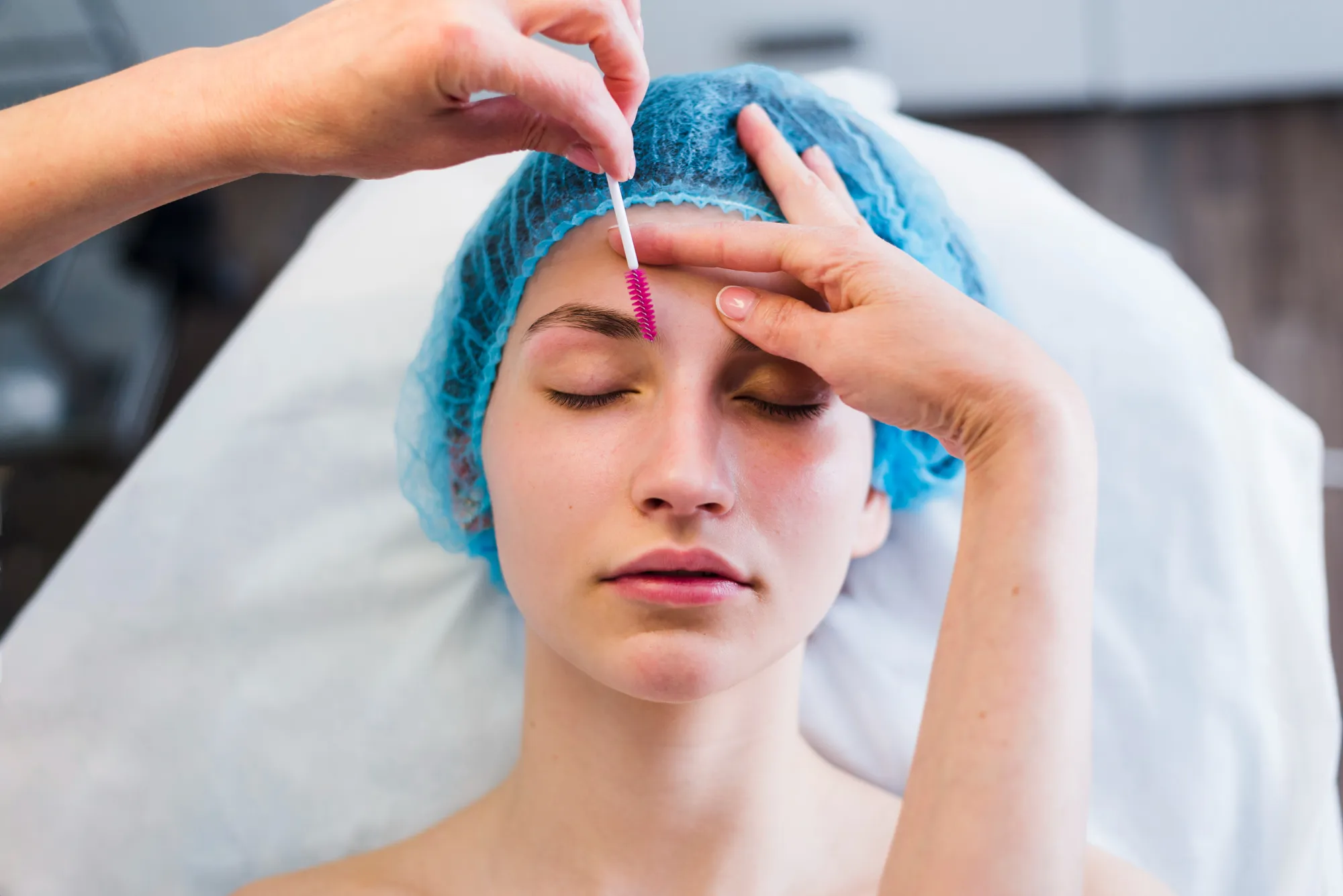In a remarkable case of medical dermatology, a patient with amyopathic dermatomyositis experienced significant improvement in facial erythema after undergoing pulsed dye laser treatment, according to a recent report published in the prestigious journal Actas Dermo-Sifiliograficas. The article, dated January 24, 2024, offers new hope for patients suffering from this debilitating condition.
Reference: Naranjo-Díaz M. J., Ródenas-Herranz T., Espadafor-Lopez B., Ruiz-Villaverde R., “[Translated article] Satisfactory Response to Pulsed Dye Laser Treatment of Facial Erythema in a Patient with Amyopathic Dermatomyositis.” Actas Dermosifiliogr. 2024 Jan 12; DOI: 10.1016/j.ad.2024.01.005
The Case of Amyopathic Dermatomyositis
Amyopathic dermatomyositis (ADM) is a rare type of dermatomyositis that presents with hallmark dermatological manifestations without the muscle weakness typically associated with this group of disorders. As a subset of idiopathic inflammatory myopathies (IIM), the disease primarily affects the skin, causing a distinctive rash and redness, or erythema, particularly on the face.
The patient described in the study, treated at the Servicio de Dermatología at Hospital Universitario San Cecilio in Granada, Spain, showcased the classic symptoms of ADM with prominent facial erythema. Despite conventional treatment regimens, the patient’s condition had remained unsatisfactory until the decision was taken to proceed with pulsed dye laser (PDL) treatment under the care of dermatologists, M. J. Naranjo-Díaz, T. Ródenas-Herranz, B. Espadafor-Lopez, and R. Ruiz-Villaverde.
Pulsed Dye Laser Mechanism
Pulsed dye laser is a type of laser technology that emits high-intensity light bursts at a specific wavelength (595 nm) that is absorbed by blood vessels in the skin. This light energy is converted to heat, which destroys the blood vessels, reducing redness and improving the appearance of vascular skin lesions.
Treatment and Results
The treatment involved multiple sessions of PDL, carefully administered to target the patient’s areas of facial erythema. The procedure was noted for its precision and minimal discomfort, making it a highly tolerable option for the patient. Following several sessions, the patient reported not only an aesthetic improvement but also a reduction in associated symptoms, such as skin sensitivity and burning sensation.
Discussion
The outcome adds to the growing body of evidence supporting the efficacy of PDL in treating cutaneous manifestations of various dermatoses. It is particularly noteworthy in the context of amyopathic dermatomyositis as it underscores a viable and effective cosmetic and symptomatic treatment for patients who cannot find relief through traditional therapies. Prior research has shown that PDL can be an excellent option for treating telangiectasias and persistent redness associated with conditions like rosacea, suggesting that its utility may be broadened to include other inflammatory skin diseases like ADM.
Future Implications
The success of PDL treatment in this case prompts a reconsideration of treatment protocols for amyopathic dermatomyositis with a pronounced vascular component. It encourages further research into the role of laser therapies in managing cutaneous manifestations of rheumatologic and musculoskeletal conditions, potentially setting a new precedent for patient care.
Conclusion
The clinical report featured in Actas Dermo-Sifiliograficas serves as a poignant testament to the potential benefits of pulsed dye laser therapy for patients with rare dermatological conditions. The authors have opened avenues for significant advancements in the management of amyopathic dermatomyositis, offering a beacon of hope for those afflicted by the disease.
References
1. Naranjo-Díaz M. J., Ródenas-Herranz T., Espadafor-Lopez B., Ruiz-Villaverde R. (2024). Satisfactory Response to Pulsed Dye Laser Treatment of Facial Erythema in a Patient with Amyopathic Dermatomyositis. Actas Dermosifiliogr. DOI: 10.1016/j.ad.2024.01.005
2. Callen, J. P. (2000). Dermatomyositis. Lancet, 355(9197), 53-57.
3. Kuhn, A., Gensch, K., Haust, M., Meuth, A. M. (2010). Photodynamic therapy and lasers in the treatment of cutaneous manifestations of collagenoses and vasculitides. Autoimmunity Reviews, 9(6), 409-413.
4. Micali, G., Lacarrubba, F., Musumeci, M. L., Nasca, M. R. (2013). Vascular lasers and IPLS: Guidelines for care from the European Society for Laser Dermatology (ESLD). Journal of Cosmetic and Laser Therapy, 15(3), 165-180.
5. Patel, P. J., Henderson, P. W., Kundu, R. V. (2012). Laser management of hypertrophic scars, keloids, and striae. Seminars in Plastic Surgery, 26(4), 223–232.
Keywords
1. Amyopathic dermatomyositis treatment
2. Pulsed dye laser therapy
3. Facial erythema management
4. Dermatological laser treatments
5. PDL for skin conditions
